
English Ivy (Hedera helix) Plant Care Guide
Introduction
The English ivy is a contentious plant that divides people. Either you detest it and think you can never get rid of it, or you adore it and how lush it makes your home or garden look. Additionally, this plant swiftly takes over your landscape but requires particular care while being pruned back to make it more manageable.
While English ivy grows very assertively outdoors, it needs more attention when cultivated indoors because it tends to lift people's spirits. Ivy needs a little more attention and upkeep when grown inside. When grown outdoors, however, this plant is highly independent. Although English ivy can tolerate moderate humidity, try to make it a practice to check the leaves.
Plant Overview
The Hedera helix, or English Ivy, is most frequently seen growing outdoors on boundary walls, where it transforms plain, use concrete barriers into oases of green. Due to its rapid growth, English ivy is a fantastic method to add greenery to small outdoor spaces. In addition to being aesthetically pleasing, ivy growing on exterior walls is a terrific and natural way to control the internal temperature, keeping it cool in the summer and warm in the winter.
The ivy is often grown as a foliage plant for its prong-shaped thick waxy leaves growing on slender stems that become woody when they reach maturity. The ivy develops yellow or green flowers that are inconsequential in function or appearance.
Common Name English ivy, common ivy, European ivy
Family Araliaceae
Botanical Name Hedera helix
Care Instructions
It looks fantastic when let to climb walls, window grills, moss poles, or when left to trail down from hanging planters, making it a great plant choice for even novice gardeners.
Let's look at some straightforward instructions for caring for English ivy plants.
Light
The exposure of your plant to sunlight is the most crucial factor. English ivy thrives in partial to complete shade. English ivy is an ideal ground cover for planting under trees because it can thrive in the shadow, while other grasses can struggle.
The English ivy is one of the best plants to grow inside or in north or east-facing balconies and windows.
You'll notice that your English Ivy grows happier and healthier when you set it in an area with the ideal amount of sunshine exposure.
Water
It's critical to maintain constant soil moisture when growing English ivy in a pot indoors if you want to ensure its health. Understanding the distinction between moist soil and wet soil is crucial.
If your soil is moist, it signifies that it has absorbed all the moisture it can store and that the pot's bottom does not contain any standing water.
Wet soil has absorbed so much moisture that the extra water drips to the pot's base. It is preferable to stay away from this pool of water at the bottom of the plant pot because it is the most typical source of root rot.
When the soil is dry to the touch but not completely dry, it is advisable to water your indoor ivy plants. It implies that you should water your English ivy once a week on average.
Soil
Let's move on to the next crucial aspect of caring for your English Ivy plant: soil. We've already learnt a lot about watering and sunlight exposure.
Your English Ivy prefers the soil to become dry to the touch yet remains moist most of the time, as we learned earlier in this care guide. The soil of your English ivy plant will try to compact over time if it receives a lot of water. However, we can amend the soil with various materials to preserve its structure and promote the free oxygenation of your ivy roots. This guard against root rot and maintains the health of your plant.
The ideal soil would be a combination of potting soil, which can retain moisture for a few days, and perlite, pumice, and rocks. These rocks significantly increase drainage and aid in preventing soil compaction.
During the growing season, they also require well-balanced fertiliser with an NPK [nitrogen (N), phosphorus (P) and potassium (K)] ratio of 15-15-15.
Fertilising
English ivy requires a lot of nutrients to be healthy while growing. These nutrients are drawn from the earth by your ivy. But you'll also need to add fertiliser to the soil to replace the missing nutrients.
In the spring and summer, fertilise your English Ivy once every 14 days to encourage growth and maintain the plant's healthy. Adding liquid fertiliser to the water you use to water your plant is the best approach to fertilise it. Compared to other fertilisers, this one is absorbed faster.
Temperature and Humidity
The ideal growing temperature for English ivy plants is between 70 and 90 degrees Fahrenheit. When grown in stable temperatures and moderate to high humidity, its leaves will remain a deep shade of green. It dislikes hot summers and chilly winter winds. It is feasible to keep potted plants outside in the winter in some climates and with some ivy species, and in the spring, new growth will appear from the stems.
Pruning
Pruning is not necessary for the English ivy plant specifically. For the ivy plant, pruning is essential in two situations: first, to get rid of dead leaves;
second, to control the plant's shape and growth pattern. When left to its own devices, it will grow recklessly and quickly turn bushy and uncontrollable. Trim stems at the desired length with sharp, well-maintained pruning shears or scissors, cutting at an angle between leaf nodes. Pinch away the dead or yellowing leaf.
Repotting
Ivy plants can be divided into smaller and larger plants every two years. To maintain sufficient nourishment, always repot with fresh potting soil.
Propagation
You can grow new plants from the trimmings or stem cuttings you remove while pruning your ivy by following these simple instructions:
Use healthy stalks and 4 to 5 inches long.
Pause for the cut ends to form roots after submerging them in water. Place the stems on the ground or in a pot.
When stalks of plants grown as ground cover establish contact with the soil and take root, these plants grow naturally; you can cut rooted stems and dig them up to relocate the plants to a pot or another garden spot.
Toxicity
You should consider whether the plants you buy could harm your family members if you have pets or kids. Unfortunately, English ivy is harmful to humans and pets alike. The sap can irritate your skin, and people and animals that swallow it will experience gastrointestinal problems.
Depending on the degree of intoxication, most pets recover completely between a few hours to a few days. Excessive nausea and vomiting may occur with higher-than-normal doses or sensitivity to the toxin in the ivy plant.
Also Read: Pet Safe Indoor Plants: Top 20 ASPCA Approved Plants
Benefits
English ivy is well-liked for its low maintenance requirements and everlasting trailing vines. Here is a comprehensive list of fascinating information and incredible benefits of cultivating English ivy.
-
Antioxidant and anti-inflammatory properties
Saponins and flavonoids are two types of polyphenols abundant in English ivy. These substances offer a wide range of possible advantages.
They are particularly notable for their anti-inflammatory and antioxidant properties. According to one study on animals, English ivy extract had a preventive effect against diabetes in rats. Additionally, it can lessen coughing and is effective against bronchitis, allergies, and asthma.
-
Enhanced Air Quality
Numerous studies have shown that English Ivy is one of the plants for cleansing the air. VOCs like benzene, toluene, octane, and trichloroethylene can be wiped out by it.
-
Indoor Air Is Humidified
One of the highest transpiration rates is evident in the Hedera helix, which significantly raises the humidity levels in a limited space. Additionally, it lowers the indoor air's carbon monoxide levels. In a hanging planter, you can grow an ivy plant to purify the air you breathe.
Common Problems
- If bugs appear on any indoor plant, isolate them right away. Pests propagate from plant to plant much more quickly inside than outside. Repeat the treatment as necessary, and don't put the plant back where it belongs until all insects have disappeared.
- The most common pest affecting indoor ivy plants is the spider mite. Because they are so tiny, these insects resemble little black or brown flecks. Ivy plants are prone to aphid attacks. Wash the plant with water before spraying it with neem oil or an insecticidal soap appropriate for indoor use to treat aphids and spider mites.
- Ivy indoor plants can occasionally get scale, but it happens less frequently than on other houseplants. Use the same approach to treat for scale as you would for aphids and spider mites.
- Mealybugs are recognisable by their cotton-like appearance and can be found on the undersides of leaves and along stems. If there are only a few bugs, use rubbing alcohol on a cotton swab to treat each one individually while being careful not to get any on the plant's leaves. Use insecticidal soap to treat a severe infestation. Overwatering can cause brown patches on the leaves, but other times it's a condition known as "leaf spot,".
FAQ's
Why is the plant on my English ivy drooping?
The ivy plant may droop for one of two reasons: either overwatered or underwatered. Check the soil; if it is always wet or squishy and has mushy, rotting stems, underwatering is the culprit. Overwatering is to blame if the soil is dry and the leaves are wrinkled.
How can I get my ivy to grow more quickly?
To keep a feeding schedule of once a month from spring to autumn, ensure to match the variety's light requirements, typically bright to medium indirect light.
Why are the leaves turning yellow and curly?
Ivy leaves that receive much light or direct sunlight may twist and turn yellow. Keep your plant out of the afternoon sun by providing partial shade or brilliant indirect light.



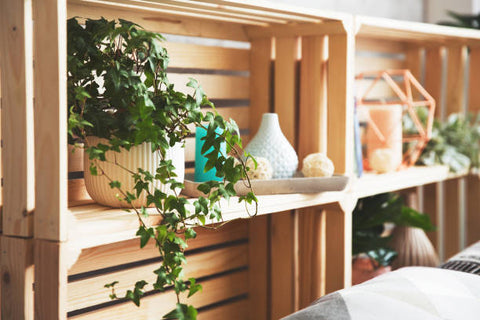
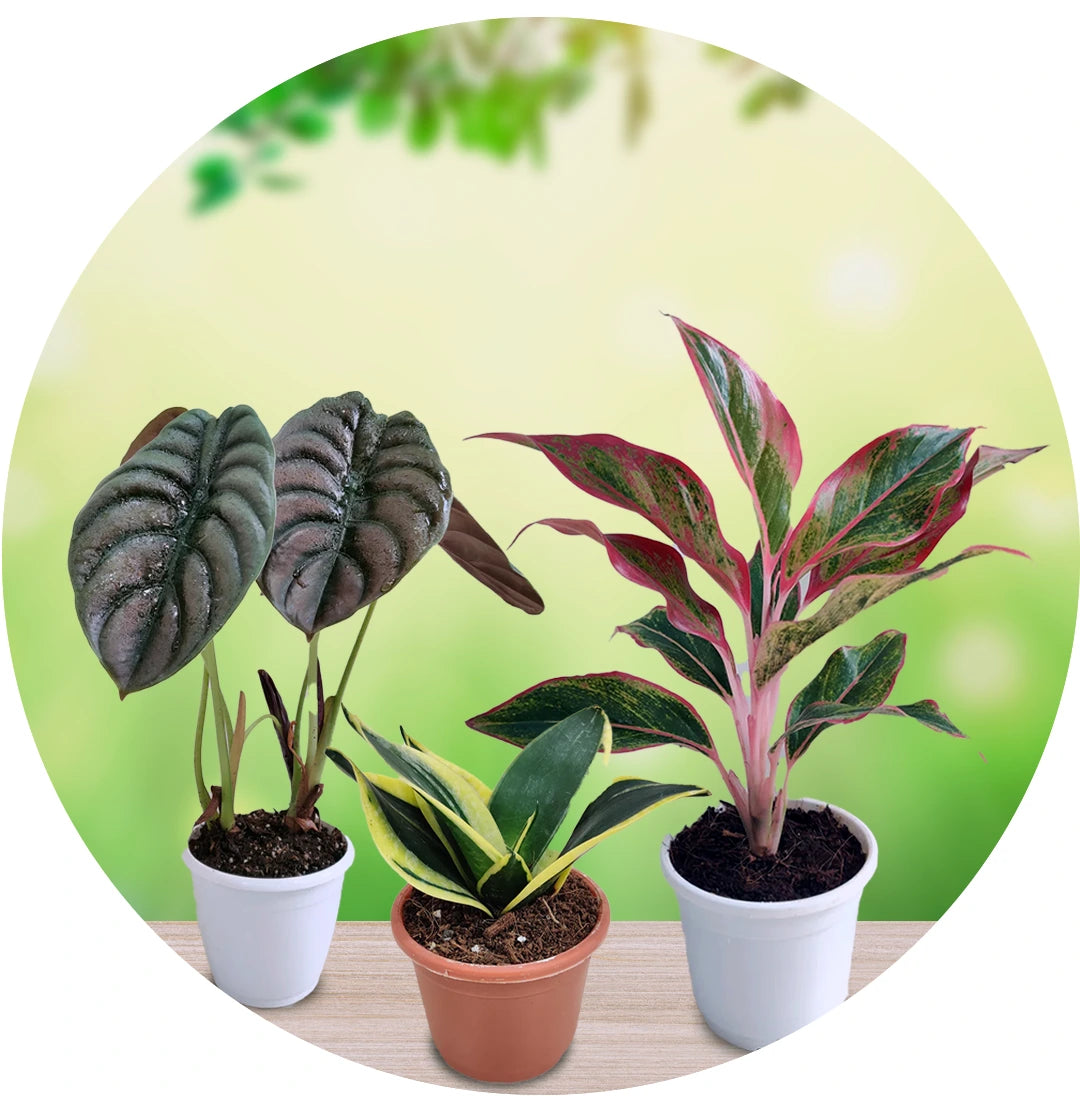
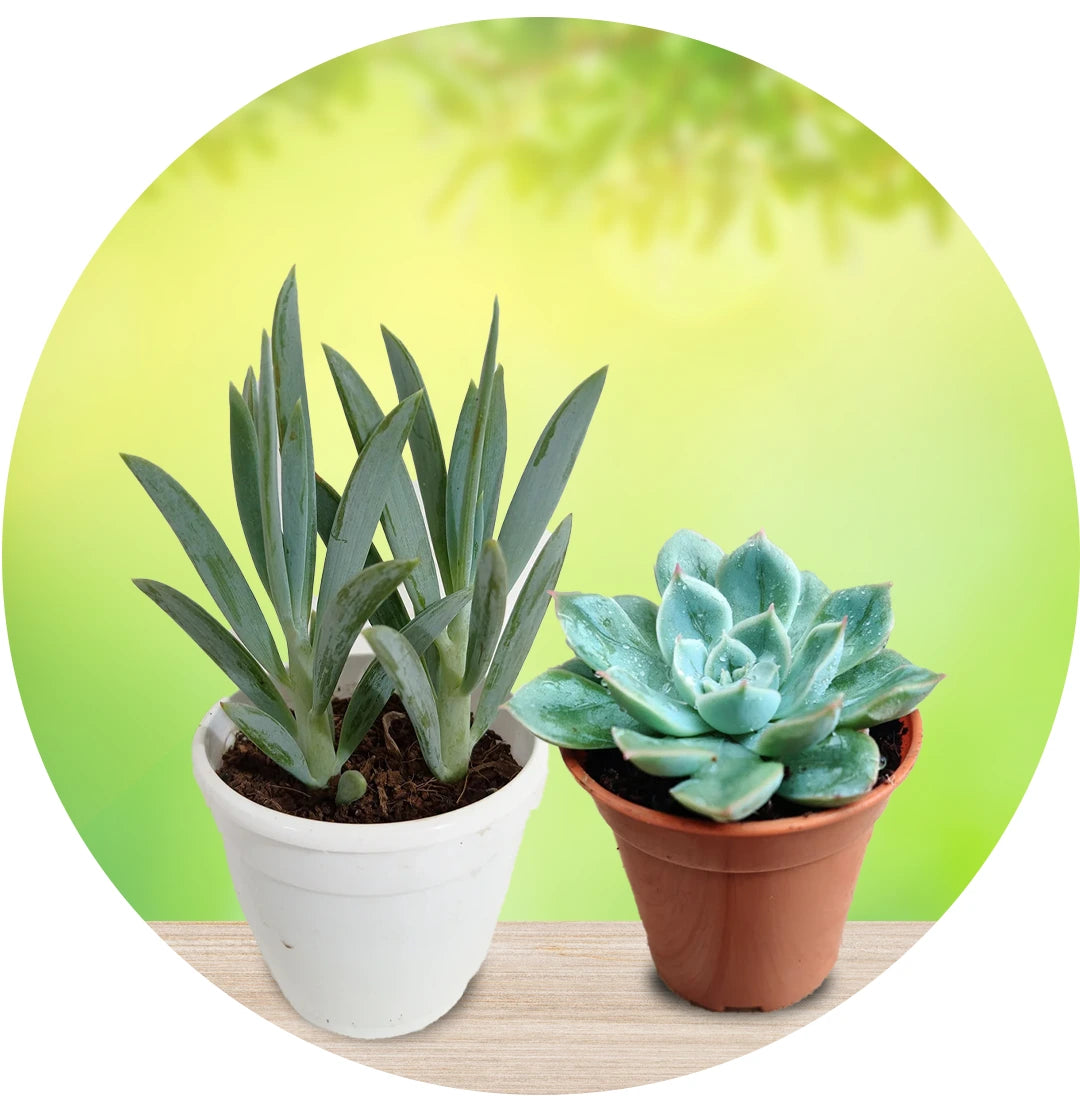
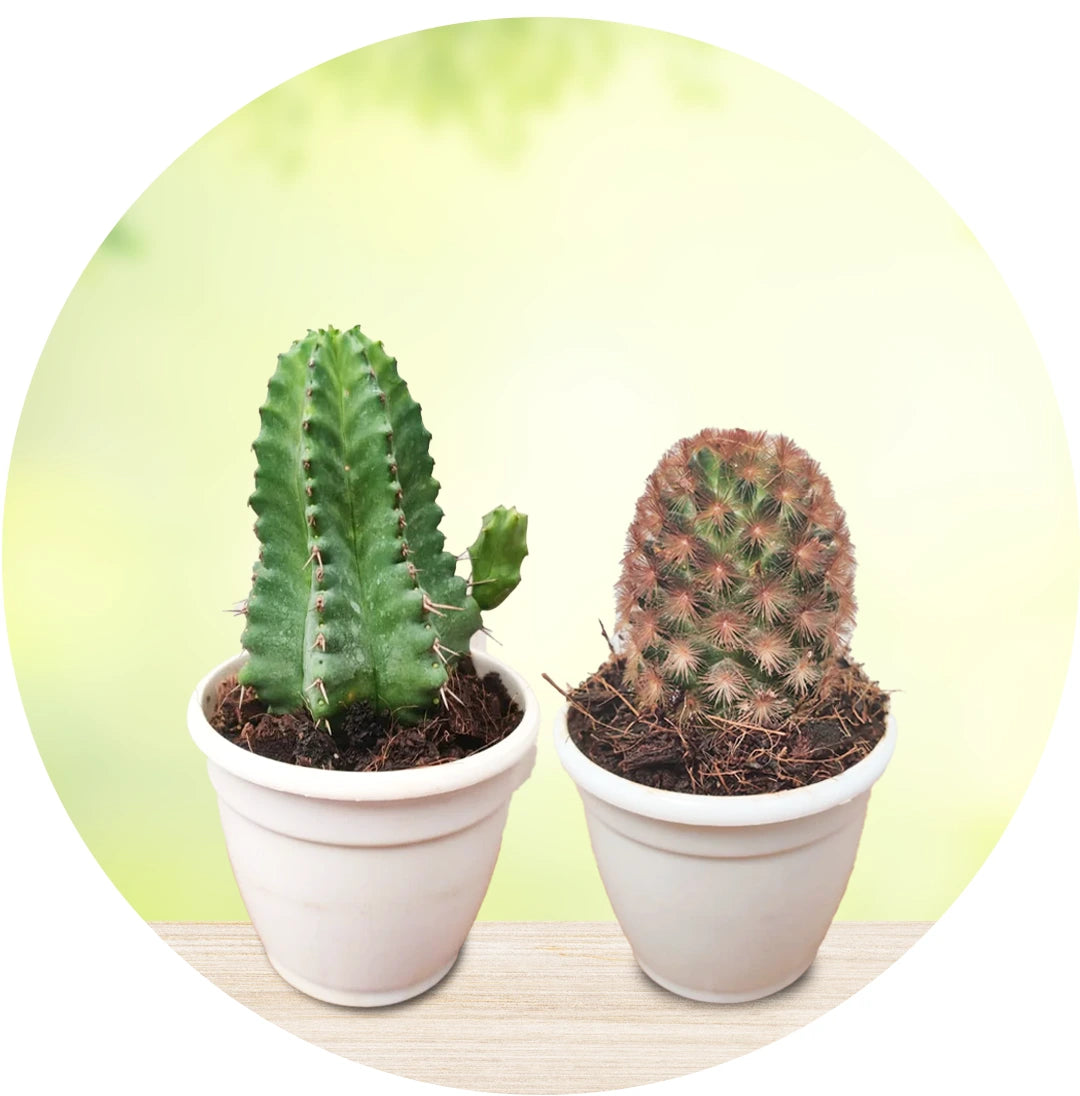
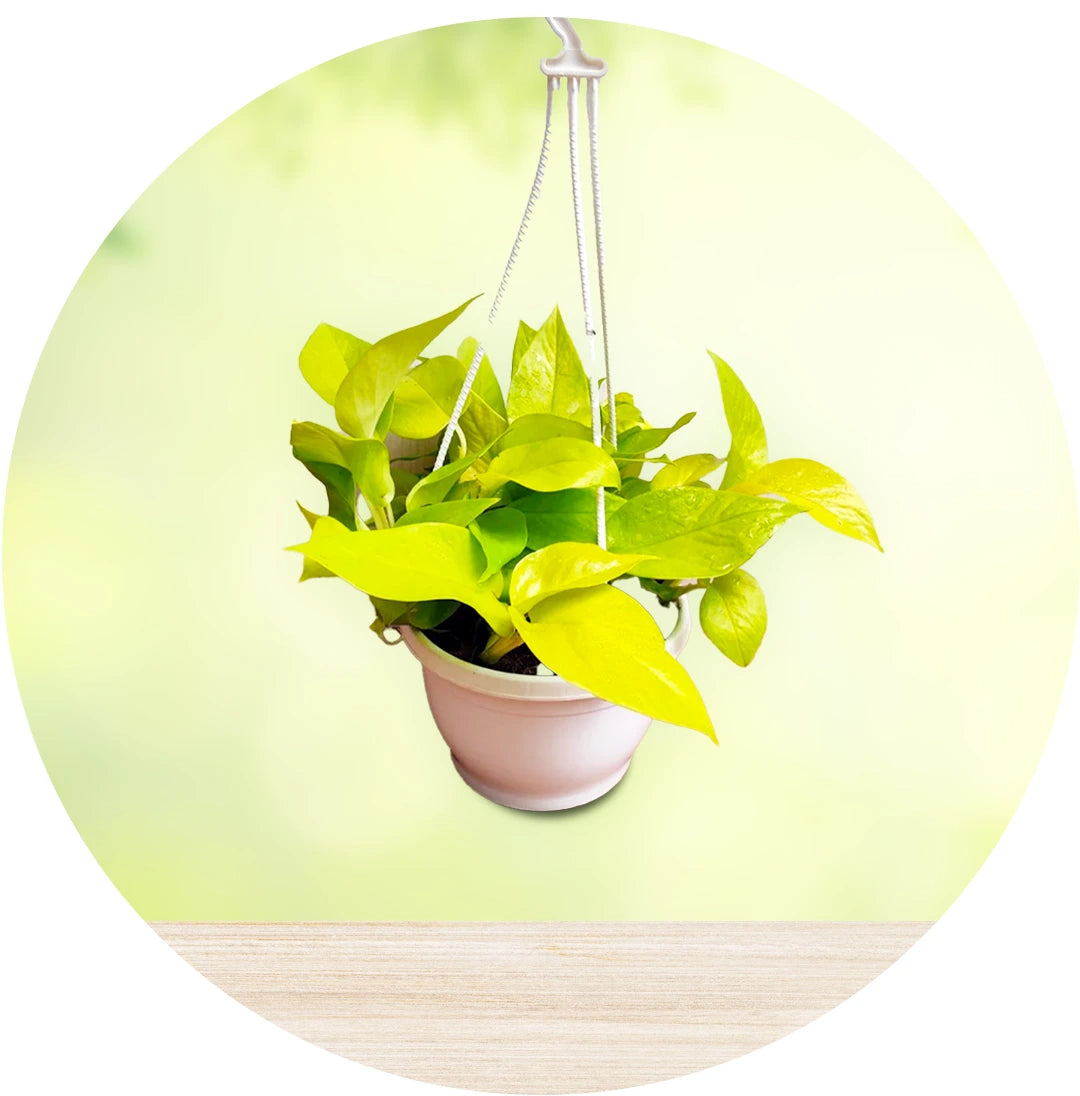
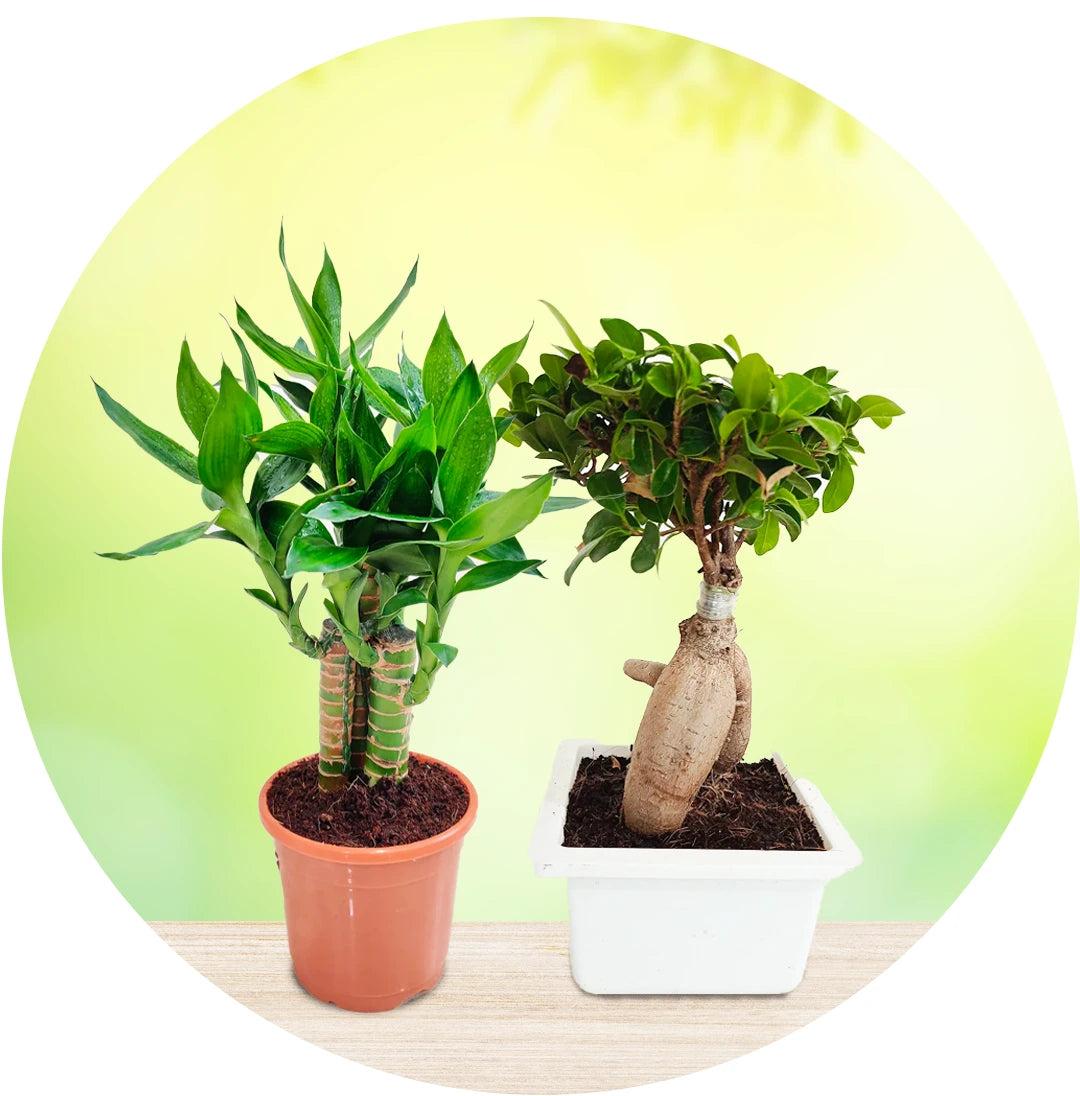
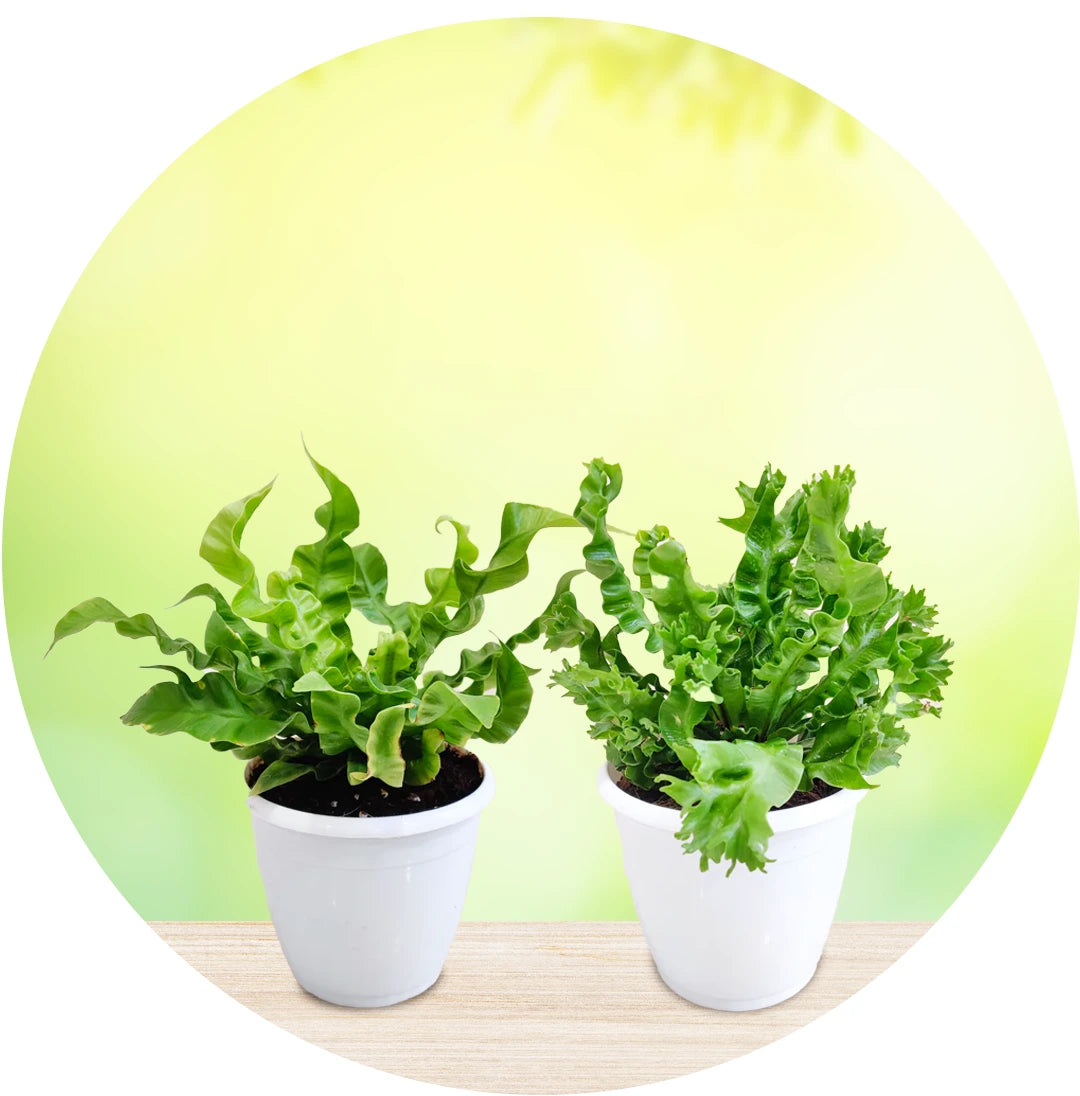
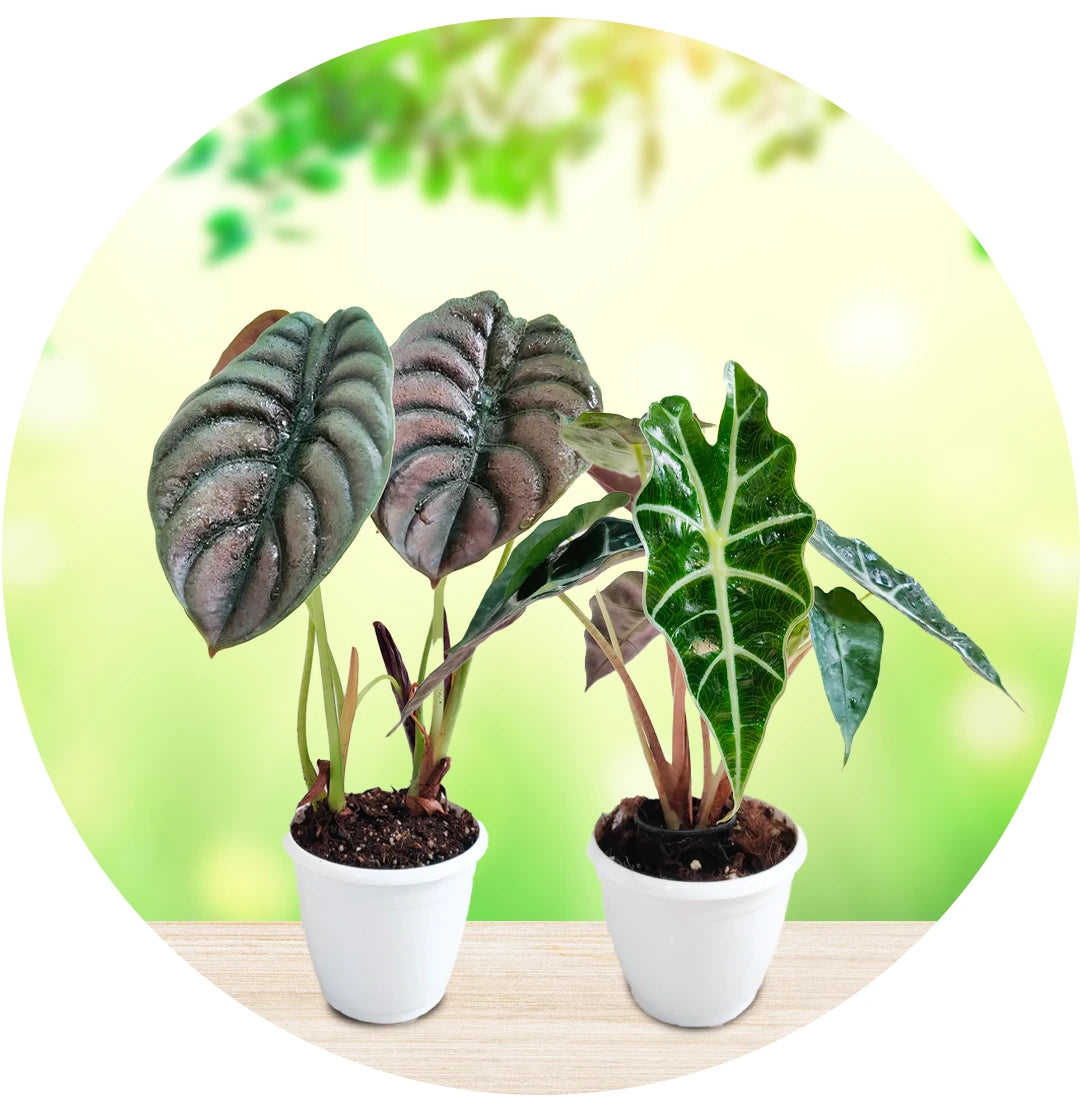
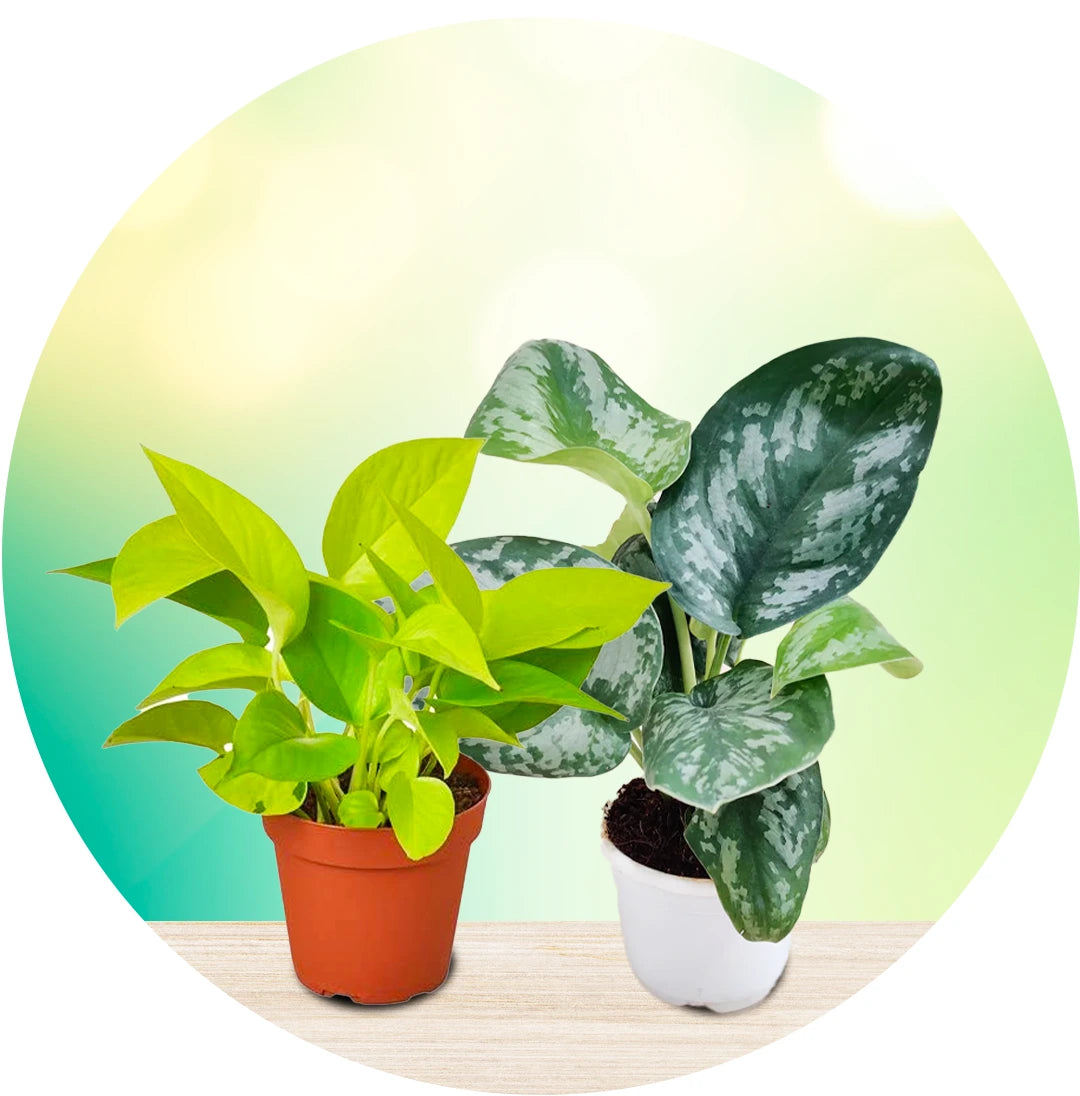
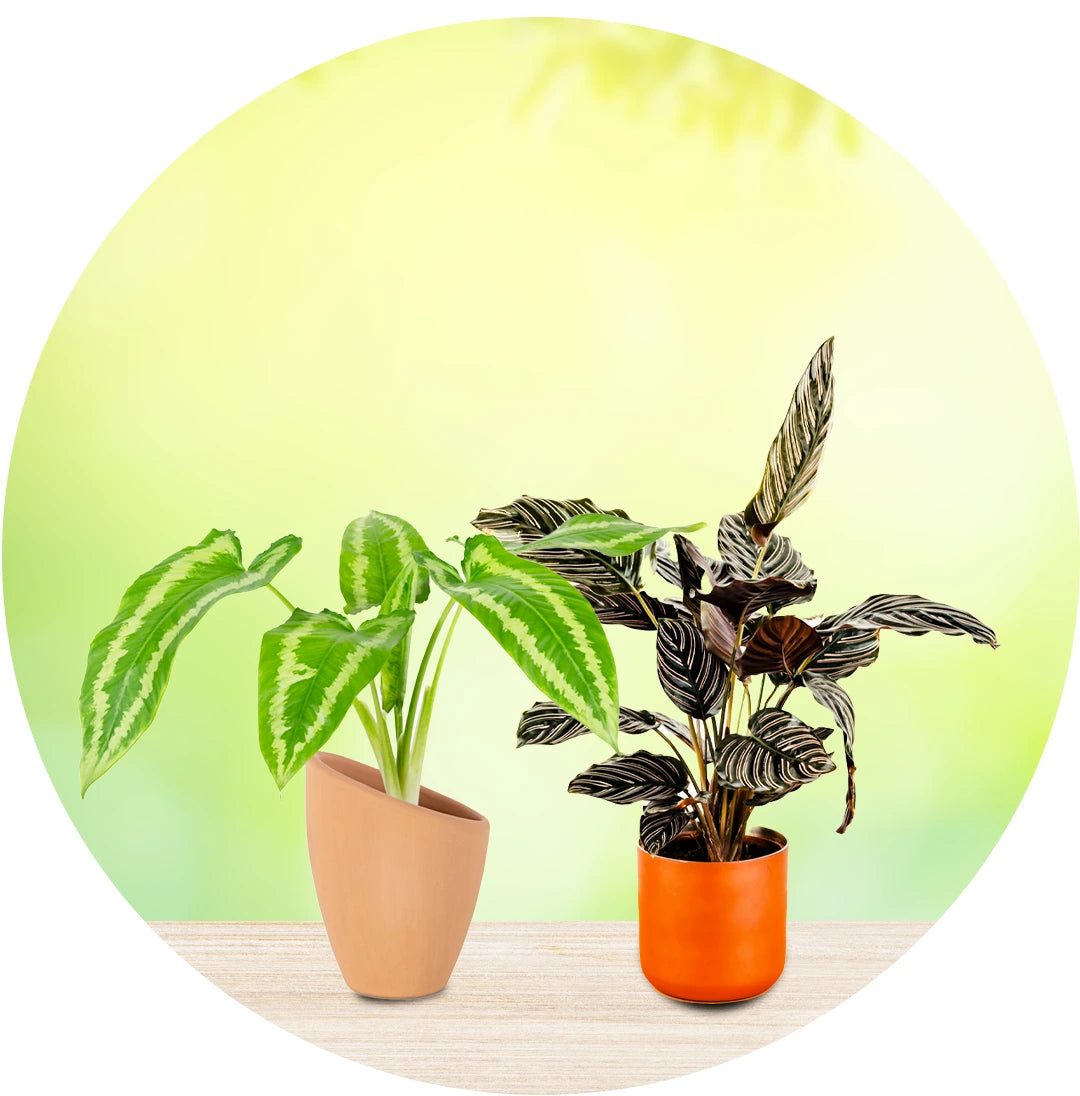
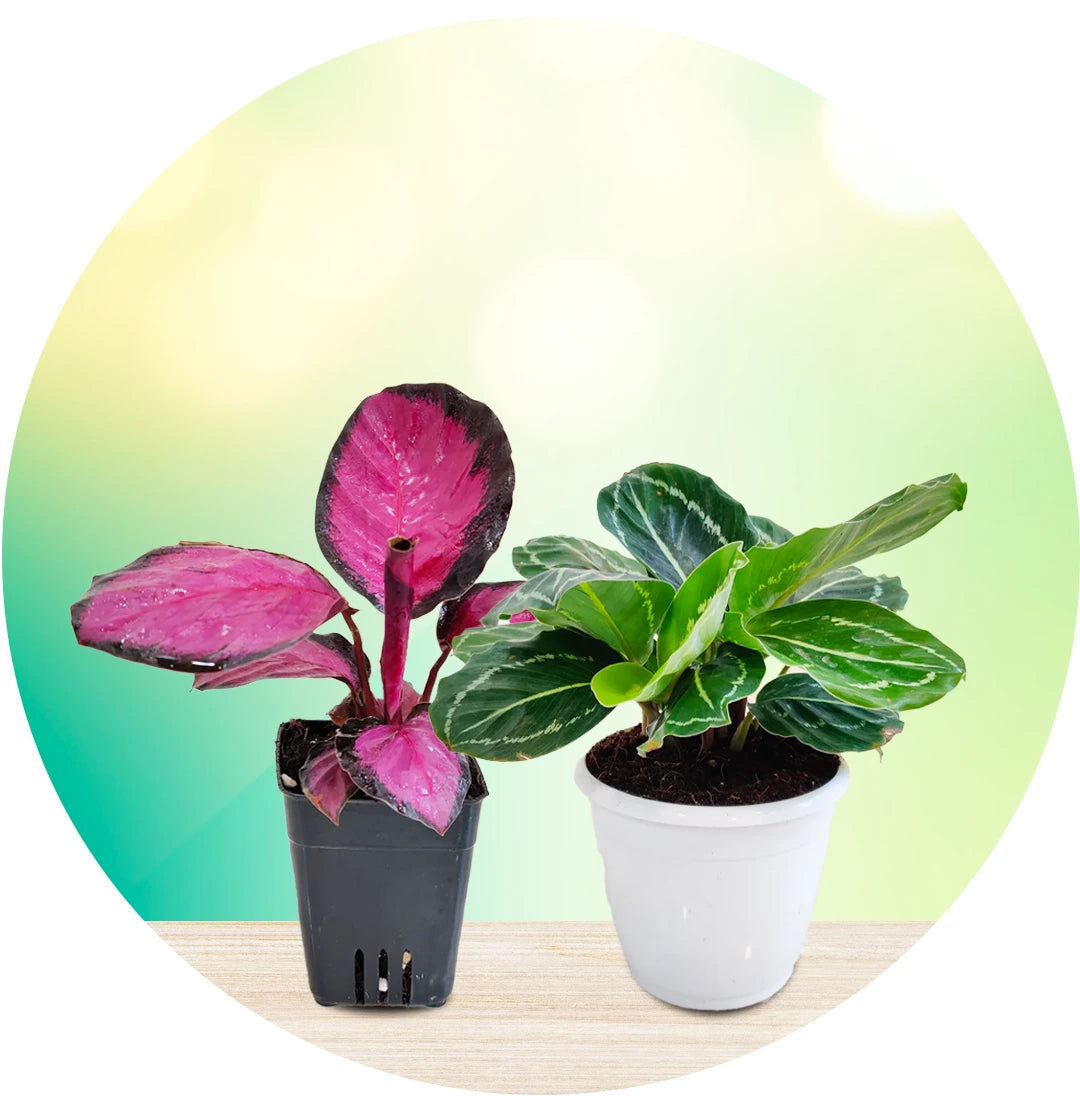
Leave a comment